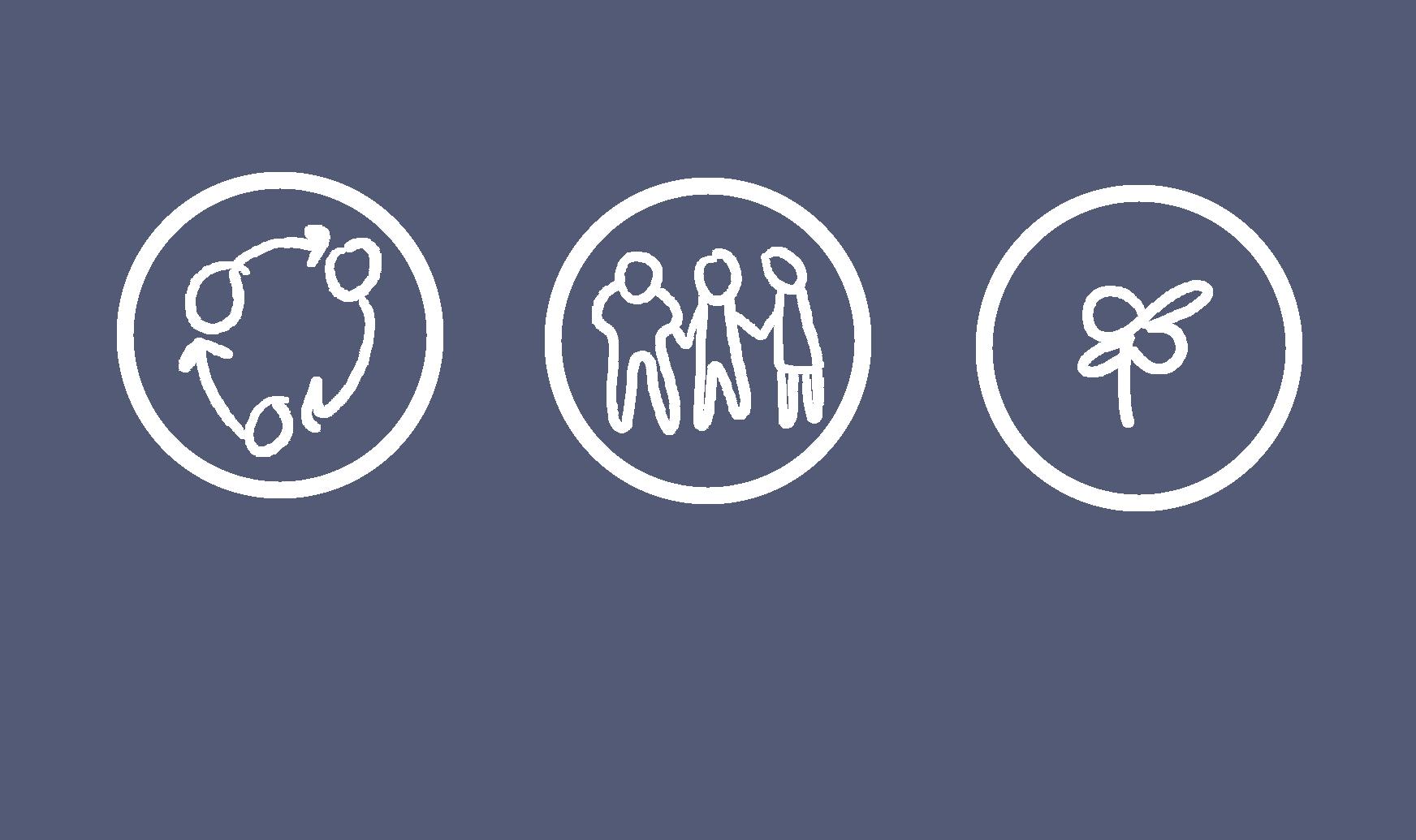
1 minute read
Concepts
from Design Studio 3.1
by Faith Muir
Concept Drivers
Economic Social Inclusivity
Advertisement
Environmental
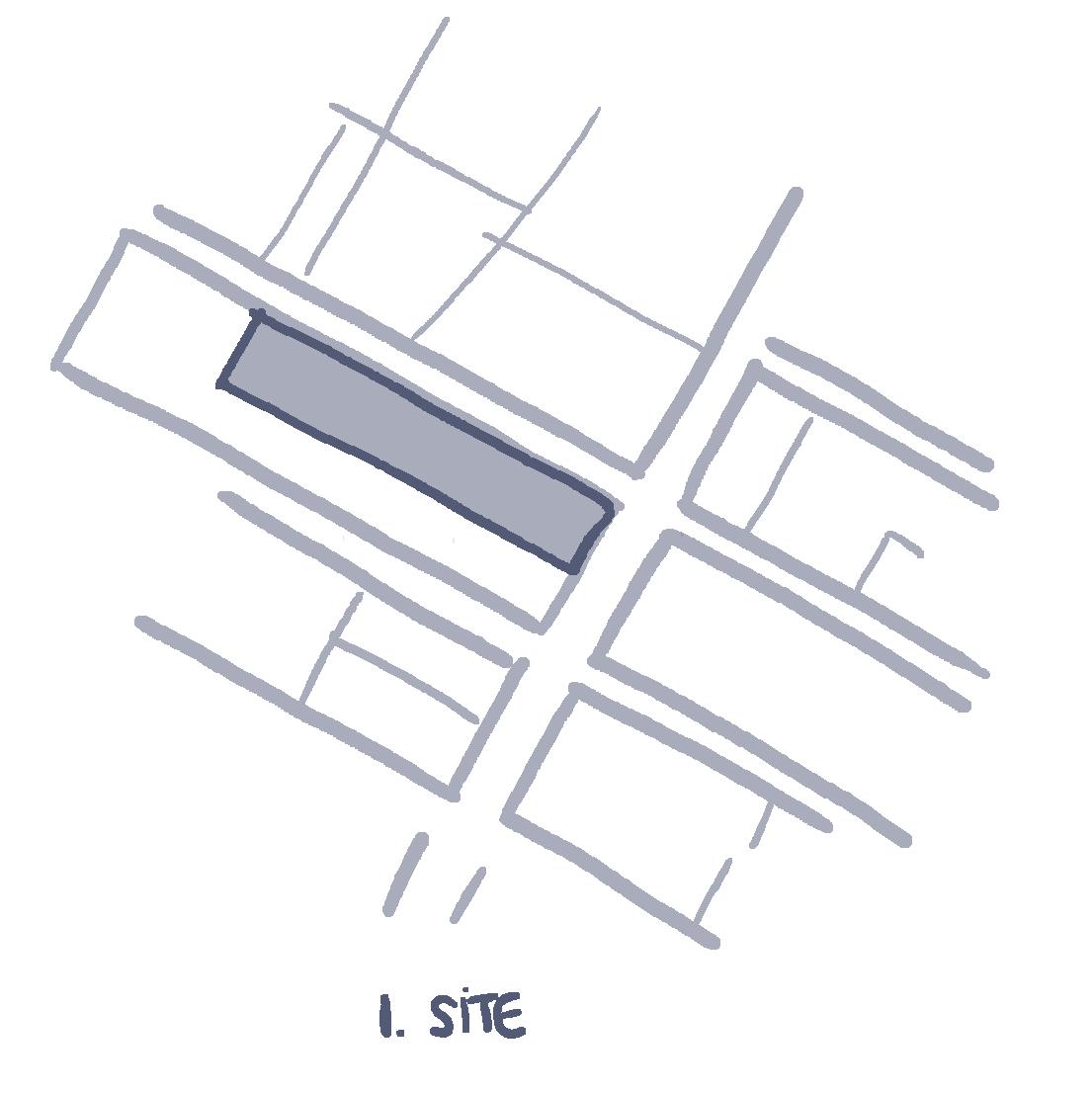
We questioned the fundamentals of what it is to be sustainable in the 21st century, and decided that it was more than just developing an environmental awareness, but also including positive social and economic strategies into the design.
Design Concepts
1. Economically, by setting up a food production cycle from cradle-to-grave, creating new jobs involving innovative crop-growing methods. 2. Socially, a fight against New York’s gentrification and class stratification by targeting low income communities and creating a safe space for the locals to shelter and gather around their common past. 3. Environmentally, an airtight design strategy tailored to the conditions on site, making the most of solar gains, ventilation, rainwater collection, plant growing, heating, but also providing real environmental innovation, by directly learning from the greenwashing permeating the designs of the contemporary developments around the old powerhouse.
Zoning
Based on our conceptual and site analysis, and in order to address the almost overwhelming length of the turbine hall :
We decided to divide the building into three distinct sections (2.).
We also had a look at the permeability of facades (3.), as we wanted to really open up the building to people on the streets, while respecting the historic, yet still pristine, facade.
We looked at natural circulation based on surrounding traffic routes
(4.)
The resulting partii diagram aims to represent the intent of our scheme
Growing an urban farm Meeting and Sheltering

Optimised Design Strategy

(5.)

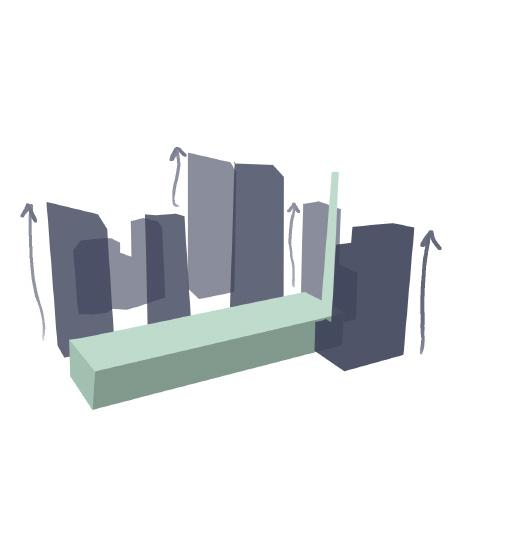
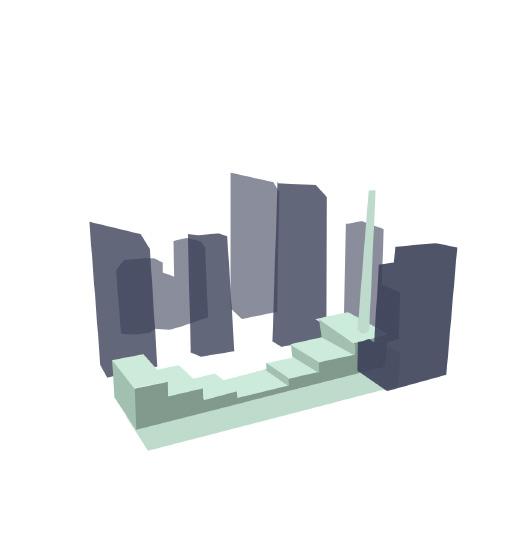
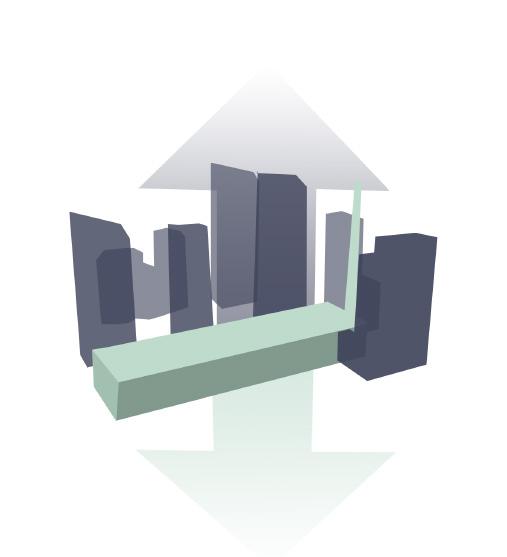
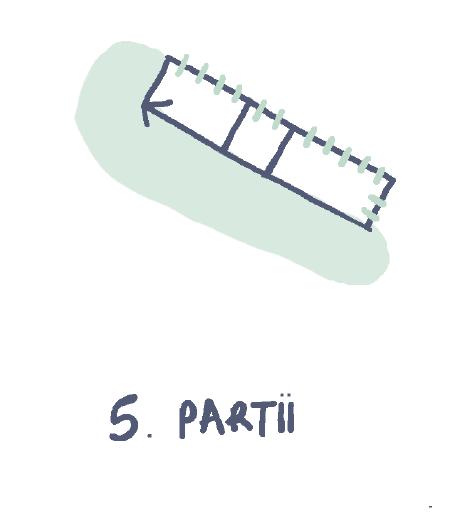

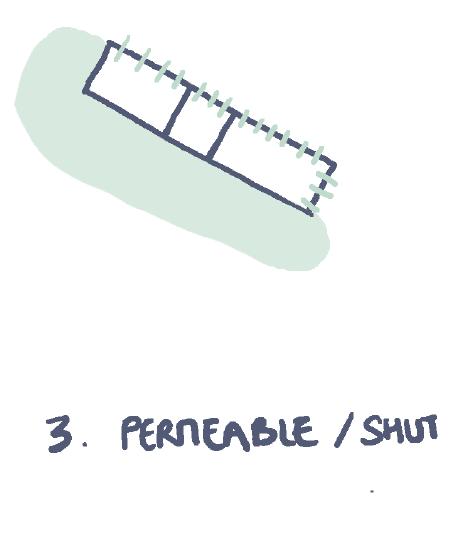
We had a first idea of volumes as we examined inverting the typical New York skyline pattern (drastic volumes pointing toward the sky) play with a low gradient parabola curving toward the site to physically illustrate our fight against modernist architectural design.










